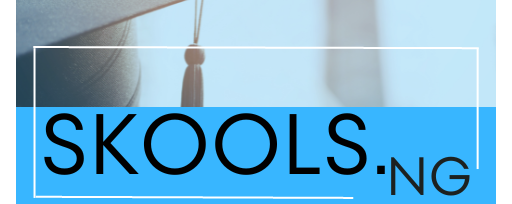What’s a Visa – Types & Categories | How To Apply For The Right Visa
What’s a Visa? – Simply put, a visa is a limited authority given by a nation to a foreigner allowing them to enter, remain in, or leave that nation.

It is sometimes referred to as an endorsement on a passport that certifies the holder is authorized to enter, depart from, or remain in a country for a specific amount of time.
It is issued by the nation you intend to travel to through the immigration officials, typically at a consulate or embassy in your country.
Although each country has its unique visa requirements, the process for applying for a visa is typically the same since most immigration authorities require about the same paperwork. Depending on your travel itinerary, you may need to submit more or fewer documents.
Visa Categorization
There are many categories depending on your nationality, destination country, purpose of travel and even number of times you wish to visit.
Visas which are categorized based on your purpose of visit such as:
- Research
- Freelancer
- Seasonal worker
- Job Seeker
- Spouse
- Dependant
- Golden
- Tourist
- Transit
- Medical Visa Working
- Business
- Student
There is also Visa depending on the times you are allowed to enter a certain country:
- Single Entry
- Double Entry
- Multiple Entry
TYPES OF VISA
It’s quite vital to have information about the type of non-immigrant visa you will need for travel, and the steps required to apply for them at a U.S. Embassy or Consulate abroad.
There are basically Two Major types of U.S visa – viz;
- The immigrant
- The non-immigrant
*For the Canadian Visa, there’s the Permanent and Temporary Visa.
The immigrant
An immigrant visa (IV) is issued to a person wishing to live permanently in the U.S.
The non-immigrant
A non-immigrant visa (NIV) is issued to persons with permanent residence outside the United States, but wishes to be in the U.S. on a temporary basis for tourism, temporary work or study, medical treatment, business etc.
However, there are several kinds of non-immigrant visas for temporary visitors to travel to the U.S., if you are not a U.S. citizen or U.S. lawful permanent resident. The type of visa is you are required to get depends on the purpose of your intended travel and other facts as stated under U.S. immigration law.
It’s important to have information about the type of non-immigrant visa you will need for travel, and the steps required to apply for the visa at a U.S. Embassy or Consulate abroad.
VISA CHART
The chart below shows the type of visa you need depending ON YOUR purpose of travel – U.S.;
| Purpose of Travel to U.S. | Type |
| Athletes, amateur and professional (competing for prize money only) | B-1 |
| Athletes, artists, entertainers | P |
| Australian worker – professional specialty | E-3 |
| Border Crossing Card: Mexico | BCC |
| Business visitors | B-1 |
| Crewmembers (serving aboard a sea vessel or aircraft in the U.S.) | D |
| Diplomats and foreign government officials | A |
| Domestic employees or nannies (must be accompanying a foreign national employer) | B-1 |
| Employees of a designated international organization, and NATO | G1-G5, NATO |
| Exchange visitors | J |
| Exchange visitors – au pairs | J-1 |
| Exchange visitors – children (under age 21) or spouse of a J-1 holder | J-2 |
| Exchange visitors – professors, scholars, teachers | J-1 |
| Exchange visitors – international cultural | J, Q |
| Fiancé(e) | K-1 |
| Foreign military personnel stationed in the U.S. | A-2, NATO1-6 |
| Foreign nationals with extraordinary ability in sciences, arts, education, business or athletics | O-1 |
| Free Trade Agreement (FTA) professionals: Chile | H-1B1 |
| Free Trade Agreement (FTA) professionals: Singapore | H-1B1 |
| Information media representative (media, journalists) | I |
| Intra-company transferees | L |
| Medical treatment, visitors for | B-2 |
| NAFTA professional workers: Mexico, Canada | TN/TD |
| Nurses traveling to areas short of health care professionals | H-1C |
| Physicians | J-1, H-1B |
| Religious workers | R |
| Specialty occupations in fields requiring highly specialized knowledge | H-1B |
| Students – academic and language students | F-1 |
| Student dependents – dependent of an F-1 holder | F-2 |
| Students – vocational | M-1 |
| Student dependents – dependent of an M-1 holder | M-2 |
| Temporary workers – seasonal agricultural | H-2A |
| Temporary workers – nonagricultural | H-2B |
| Tourism, vacation, pleasure visitors | B-2 |
| Training in a program not primarily for employment | H-3 |
| Treaty investors | E-2 |
| Treaty traders | E-1 |
| Transiting the United States | C |
| Victims of human trafficking | T-1 |
| Visa renewals in the U.S. – A, G, and NATO | A1-2, G1-4, NATO1-6 |
Are you seeking to study abroad and want to know which test to take between the IELTS and TOEFL? Then, read TOEFL vs IELTS: WHICH IS MORE PREFERABLE TO TAKE TO STUDY ABROAD?
